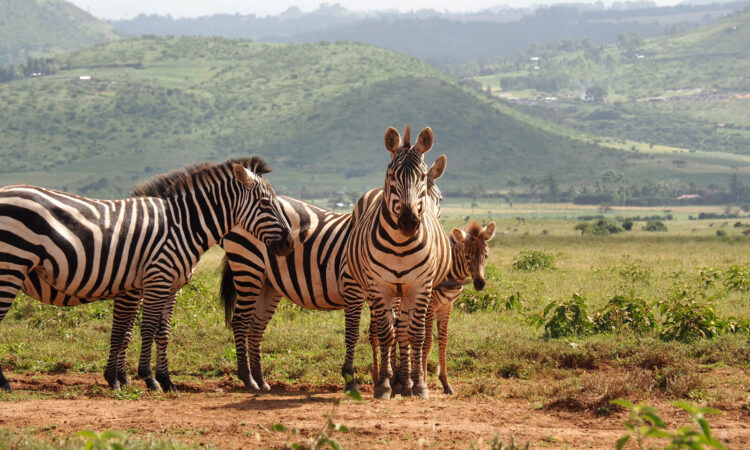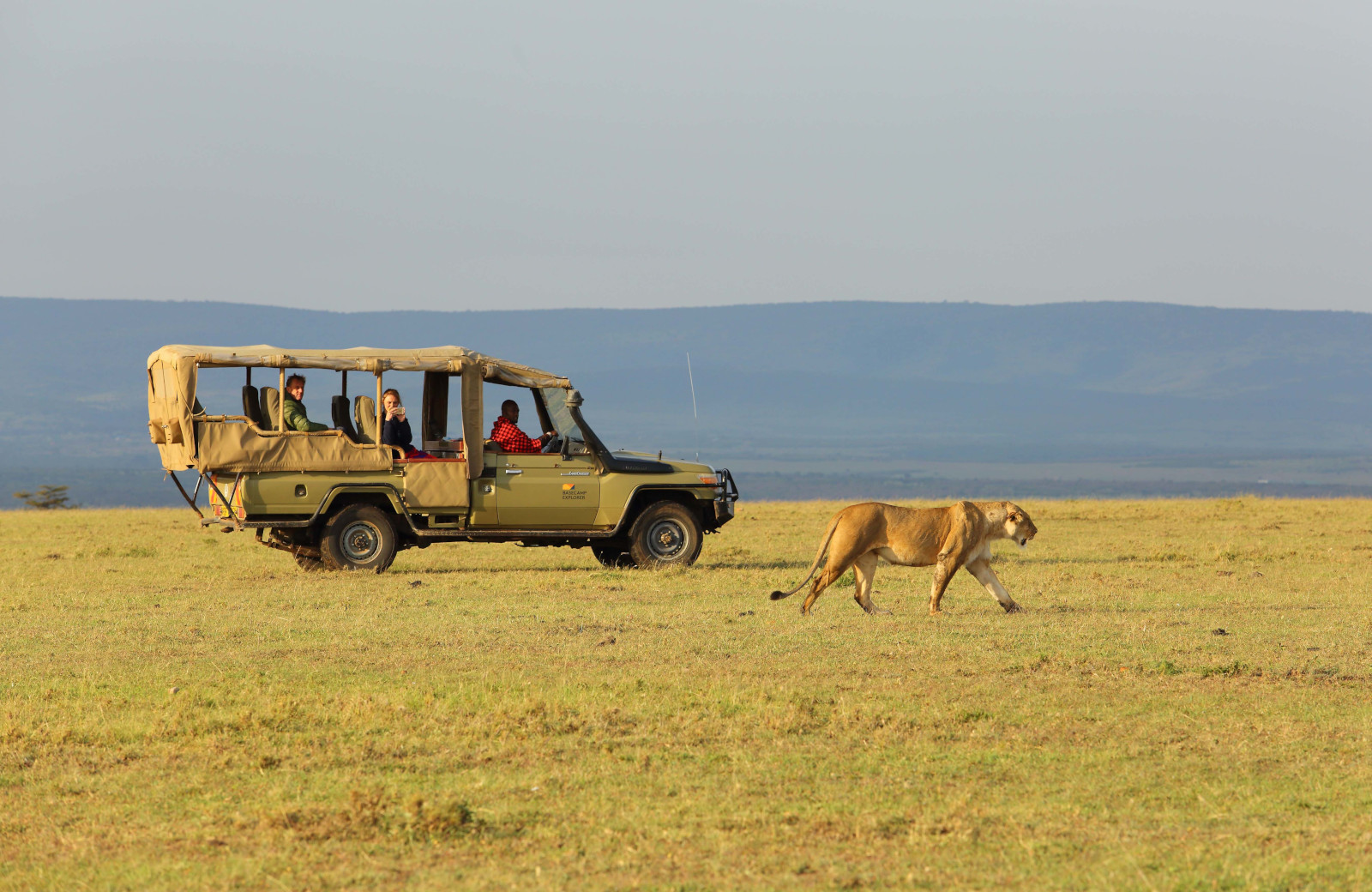A day on an East African safari: Traveling in East Africa, in general, and on a safari, in particular, is one of the holidays that will expose one to fun, breathtaking sceneries, and the opportunity to touch the creator. Each day is well organized with respect to the time of the day that is the best for wildlife sightings and the flexibility of the visitors. Here’s what you can expect during a typical day on an East African safari:

Early Morning
This is between 5:00 am and 5:30 am with either a door knock or a call from the camp staff The camp staff will wake up the hikers early by knocking on their doors, or calling them by 5:00 am and that is only if hikers did not set an alarm on their own upon retiring for the night by 7:00 pm. They consume tea or coffee and biscuits in order to break their fast and then leave the lodge. The morning game drive usually departs around 6:00 am to 6:30 am usually lasting about 3-4 hours. This is the best time that see the lions, leopards, and other big cats coming from hunting grounds, and other nocturnal creatures. If there is one place where the sun rises and is as good for photography as it could be, it is the savannah.
Mid-Morning: Breakfast and Relaxation
The morning game drive finishes around 9 to 10 a. m and guests return to camp for breakfast or shower. After arrival, there is the possibility to use warm toweling and take an early meal to start the day. It is usually eaten out in the environment with the views of the scenery and it includes fruits, cereals, eggs, bacon, toast, and pastries. Between breakfast and lunch, there are leisure activities with no restriction on what one has to do and a variety of choices which include, reading a book, taking a nap, or just relaxing and enjoying the facilities that the camp offers such as a pool or a spa. Some camps also have strategic viewpoints when it comes to game viewing even if it may be termed as a slow period by other people.

Late Morning: Extra tour and recreation
Voluntary physical exercise for instance guided walks can be planned to be done during the later part of the morning. These walks are better to look at the types of plants and ways to observe and track some of the wild animals as well as understand the system of distribution of the resources. Outbound activities are movements within a controlled vicinity such as the neighboring villages for cultural touch whereby the guests get a chance to gain more knowledge on the culture and practices of these people. As will be reiterated several times when it comes to photographers, late morning is ideal for birding and taking unique pictures.
Midday: Lunch and Siesta
Lunching can be done at any place but is mostly done under a shade to avoid the scorching sun probably beneath a tree or a borrowed awning. They include salads, grilled meat, vegetables, and fruits which are in the menu that has the deserts. Following this comes the mid-afternoon siesta and the majority of animals are least active majorly with temperatures being on the extreme high. This is the best time to take a nap, read a book or any other thing and can also just enjoy what is offered at the camp.
Afternoon: After that, we will have Tea in the evening followed by a game drive at the same location.
For breakfast the students are given tea, coffee, and some snacks, in the evening around 3. 30 to 4. 00 in the evening they are privileged to have a high tea, which includes tea, coffee, cakes, pastries, cheese, and sandwiches. The evening/ night game drive is typically conducted at around 4 in the afternoon/ 4,30 pm and continues up to three/ four hours before night falls. During this time of the day, it is relatively warmer and several of these animals are out again to carry out more of their businesses. The concept often associated with sundowner is the late afternoon drive – the guests stop at the appropriate point for cocktails, sherry, or beer and biscuits and nuts together with the sunset.
Evening: Going back to camp and dinner
They are back to camp by about 7:00 pm in the evening Some camps allow people to wash during the day before, for example, dinner an organizational one can be a dinner affair with tables and chairs in a tent or a fire-side activity. It can be seen by the types of meals they offer such as local and seasonal meals that show a certain specialization of restaurants.
Then there is time spent by the campfire in the evening, throughout the night after dinner immediately. The guests can have beer, wine, or other legally permitted drinks & enjoy some of the royally narrated stories, dance, or just listen to the voice of the African night. More of it comprises artwork and some of the camps may offer cultural troupes that include music or dance. For the few who would wish to undertake some other activities, there is the night game drive activity. This is done in the form of a night enclosure where through the use of spotlights the clients are able to view animals such as the bush babies, owls, and the dominant night predators.
A day on an East African safari: Conclusion
An East Africa safari is, therefore, a blend of what can be termed as the thrills, Kenya wildlife, relaxation, and even touch with people. Every one of them is staged to enhance your safari experience and so; it is not just a mere holiday. When it comes to the continental’s Big Five the birding destination or the aboriginal societies, each day on the safari is a new day. If you have any questions or if you need more details regarding your preferences then feel free to ask.


